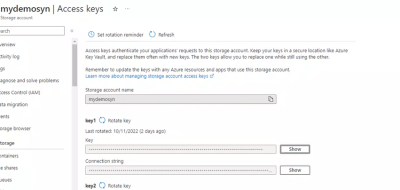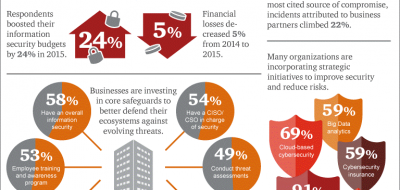In previous posts I’ve defined and described Big Data. In this blog, I’m going to introduce a term just as important…Data Mining. In simple terms, Data Mining is effectively defined as “Sifting through very large amounts of data for useful or appropriate information”. This is designed to be a very elementary description of data mining, but if we look at Data Mining as a business strategy there are several aspects which we will discuss in an effort to formulate and make use of data to create a GOLD MINE.

What is Data?
Before talking about Data Mining let’s first define the term “Data”. What actually is Data? Data can be said to be a collection of facts, such as values or measurements. It can be numbers, words, measurements, observations or even descriptions of things
Two Types of Data
- Qualitative data
- Quantitative data
Qualitative Data are ways of collecting data which are concerned with describing meaning, rather than with drawing statistical inferences. What qualitative methods (e.g. case studies and interviews) lose on reliability they gain in terms of validity. They provide a more in- depth and rich description. Qualitative data are measures of ‘types’ and may be represented by a name, symbol, or a number code.
Quantitative Data is measurable data. When you have an experiment, it is the data you can label a numerical value to. Such as adding two compounds together and seeing how much the product weighs. Ex. 45 grams. Quantitative data are measures of values or counts and are expressed as numbers.
So, these are the two kinds of Data which is further divided into Discrete and Continuous data. When we talk about Data mining, or knowledge discovery, it is the computer-assisted process of digging through and analyzing enormous sets of data and then extracting the meaning of the data.
Data mining uses artificial intelligence techniques, neural networks, and advanced statistical tools (such as cluster analysis) to reveal trends, patterns, and relationships, which might otherwise have remained undetected. In contrast to an expert system (which draws inferences from the given data on the basis of a given set of rules) data mining attempts to discover hidden rules underlying the data. Also called data surfing.
How is Data Mining Helpful To A Business?
Although data mining is still in its infancy, companies from a wide range of industries – including retail, finance, healthcare, manufacturing, transportation, and aerospace are already using data mining tools and techniques to take advantage of historical data. By using pattern recognition technologies and statistical and mathematical techniques to sift through warehoused information, data mining helps analysts recognize significant facts, relationships, trends, patterns, exceptions and anomalies that might otherwise go unnoticed.
Specific uses of Data Mining
- Market segmentation – Identify the common characteristics of customers who buy the same products from your company.
- Customer churn – Predict which customers are likely to leave your company and go to a competitor.
- Fraud detection – Identify which transactions are most likely to be fraudulent.
- Direct marketing – Identify which prospects should be included in a mailing list to obtain the highest response rate.
- Interactive marketing – Predict what each individual accessing a Web site is most likely interested in seeing.
- Market basket analysis – Understand what products or services are commonly purchased together.
- Trend analysis – Reveal the difference between a typical customer this month and last.
The usefulness of Data Mining is when it is turned into a Gold Mine, which help the analyst understand, work more effectively, faster and more accurately.
Sources :
http://www.laits.utexas.edu/~anorman/BUS.FOR/course.mat/Alex/
http://www.businessdictionary.com/definition/data-mining.html
http://www.stratebi.com/en/data-mining





